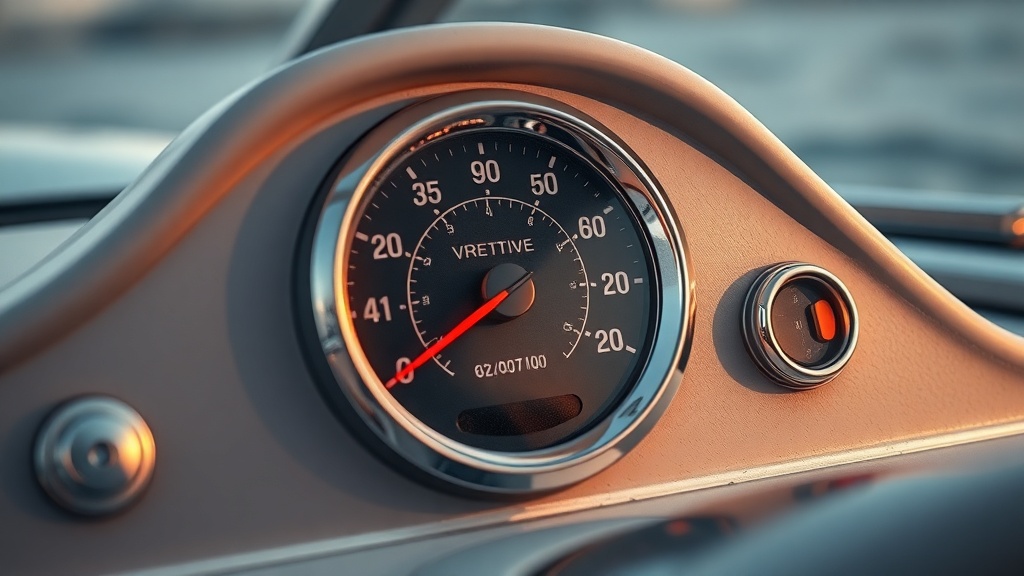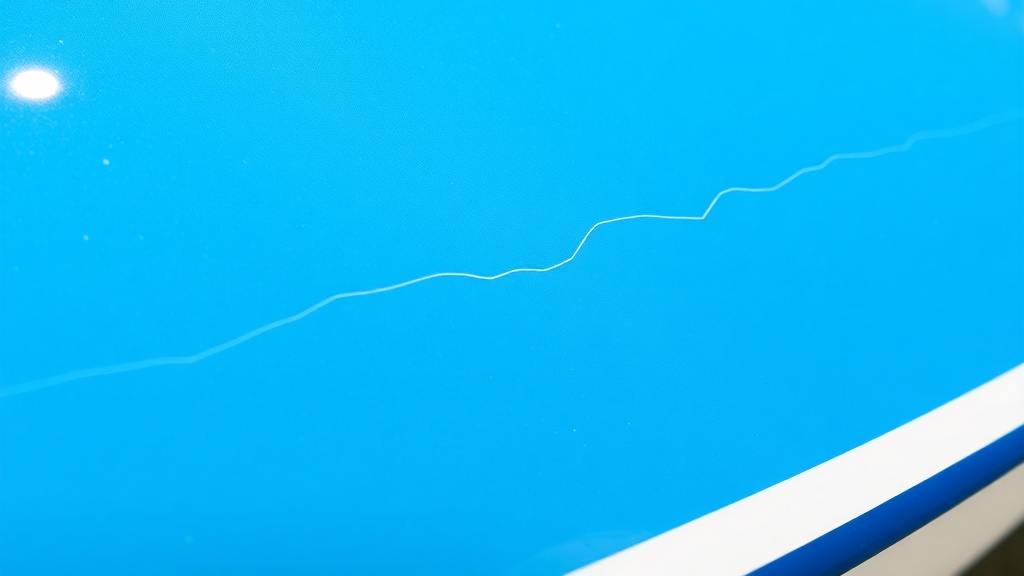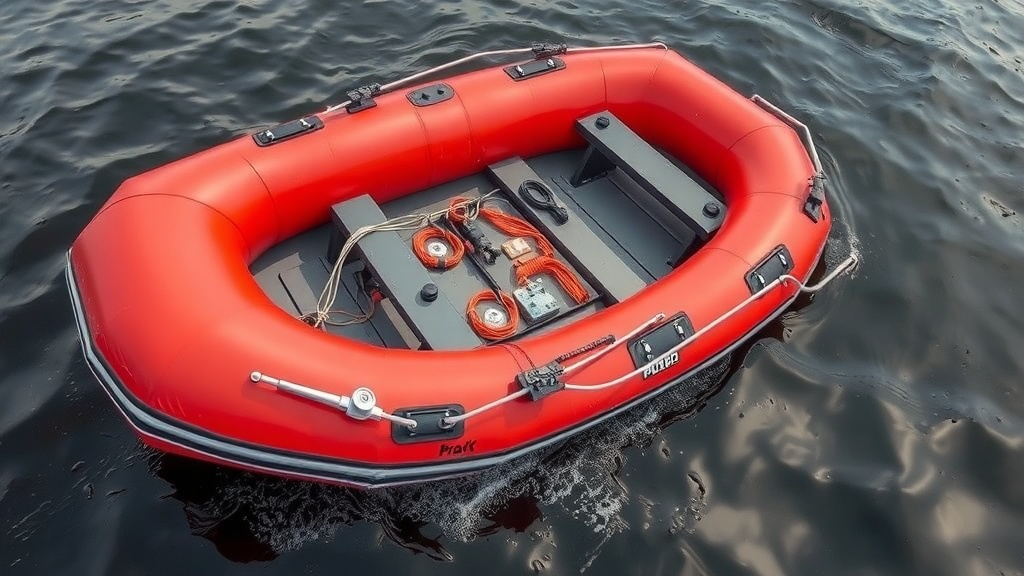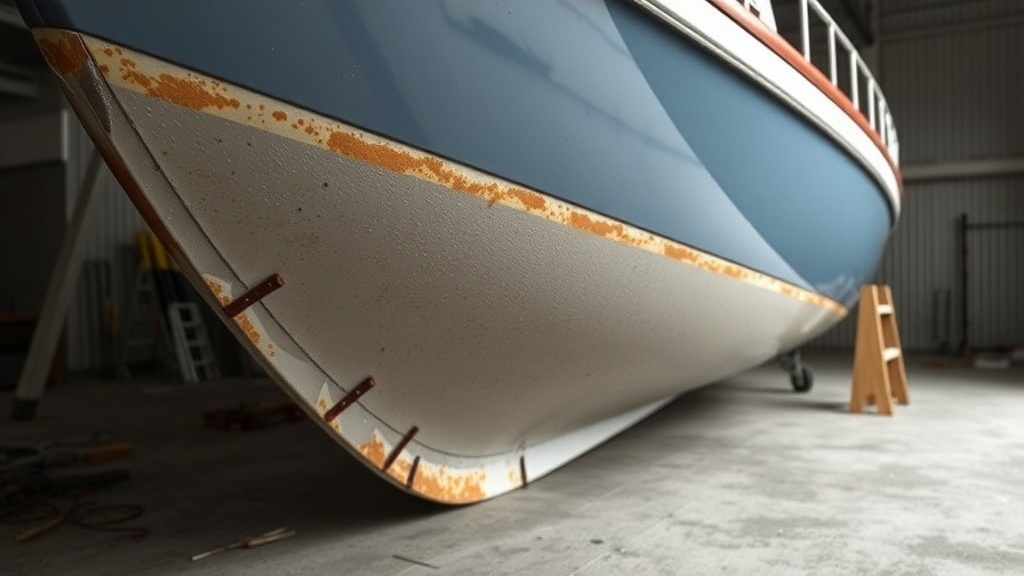Step-by-Step Guide on How to Repair a Boat Speedometer
When you’re out on the water, you rely on your boat’s speedometer to provide you with essential information about your speed. If it stops working, you might feel a bit lost. Below is a clear step-by-step guide on how to repair a boat speedometer so you can get back to enjoying your time on the water.
Identifying the Problem
The first step in repairing your speedometer is to identify what the issue might be. Here are common problems you might encounter:
- The speedometer needle is stuck or not moving at all.
- The speedometer reads inaccurately.
- The gauge doesn’t light up, indicating a power problem.
Understanding the exact issue will help you troubleshoot effectively and determine what parts might need checking or replacing.
Gather the Necessary Tools
Before you begin the repair, make sure you have the following tools handy:
- Flathead screwdriver
- Phillips screwdriver
- Multimeter
- Cleaning cloth
- Replacement parts (if needed)
Having everything ready will make your repair process smoother and more efficient.
Check the Wiring and Connections
Start by inspecting the wiring connected to the speedometer. A loose or corroded wire can lead to inaccurate readings or a complete failure of the device. Follow these steps:
- Turn off your boat’s engine and disconnect the battery.
- Remove the speedometer from its housing for easy access.
- Carefully examine the wires for damage or corrosion.
- Reconnect any loose wires securely.
- Clean any corroded connections with a wire brush.
Once you’ve checked the wiring, reconnect the battery and turn on the engine to see if the speedometer is functioning properly.
Test the Sending Unit
If the speedometer is still not working, the next step is to check the sending unit. This device calculates the boat’s speed based on water flow. Follow these steps:
- Locate the sending unit, typically found on the transom.
- Ensure it’s free of debris and not blocked with algae or barnacles.
- Test the unit using a multimeter. Set the multimeter to check resistance.
- Take readings at the sending unit; if it shows infinite resistance, it might need replacement.
If the sending unit is functioning well, proceed to check the speedometer itself.
Inspect the Speedometer Itself
If everything else seems fine, you might have to inspect the speedometer gauge directly. Here’s what to do:
- Remove the speedometer from its panel.
- Examine the internal workings for any visible damage.
- Look for any dust or water inside the gauge, which could impact performance.
- If you see any broken components, consider replacing the gauge entirely.
Sometimes, a good cleaning can restore functionality. Wipe the interior gently with a clean cloth to remove dust.
Reassemble and Test
Once you’ve inspected and repaired all components, reassemble your speedometer and reattach it to the boat. Here’s how:
- Carefully reconnect all wires exactly as they were before.
- Tighten any screws or fittings to secure the speedometer.
- Reattach the battery and start your engine!
Test the speedometer by gently accelerating your boat and observing if the needle responds correctly.
Maintain Your Speedometer
Once you’ve repaired your speedometer, proper maintenance can help avoid future issues. Regularly check connections, clean the sending unit, and ensure the gauge is free from moisture. This simple care will prolong the life and accuracy of your speedometer.
By following these detailed steps on how to repair a boat speedometer, you can get back to enjoying smooth sailing with accurate speed readings. Investing a little time in your boat’s maintenance goes a long way in enhancing your boating experience.
Common Issues and Troubleshooting Tips for Boat Speedometers
Boat speedometers are essential instruments that provide crucial data about your vessel’s speed on the water. However, like any other equipment, they can encounter issues that may disrupt their performance. Understanding these common problems and knowing how to troubleshoot them can help you maintain an accurate reading while navigating. Here are some frequent issues you might face with your boat speedometer and helpful tips for fixing them.
Calibration Issues
One of the first problems to check for is calibration. If your speedometer reads inaccurately, it may require recalibration. This can happen due to environmental changes or alterations in the boat’s setup.
- Check Manufacturer Instructions: Refer to your boat’s manual for specific calibration steps.
- Use a GPS: Compare the speedometer reading with a GPS device to determine calibration errors.
- Adjust as Necessary: Follow calibration steps to align the speedometer with GPS readings.
Clogged Sender or Pick-Up Tube
Debris and marine growth can clog the speedometer’s sender or pick-up tube, leading to misleading speed readings. A clogged system can fail to provide you with accurate speed data.
- Inspect the Pick-Up Tube: Check for blockages in the pick-up tube, usually located below the waterline.
- Flush with Water: Use a hose to flush the system, ensuring any debris or blockage is removed.
- Clean Regularly: Schedule regular inspections and cleanings to prevent buildup.
Electrical Connection Issues
Electronics play a crucial role in your speedometer’s function. Loose or corroded connections can affect the speedometer’s accuracy. Check the following:
- Inspect Wiring: Ensure all wiring connections are tight and free of corrosion. Look for frayed or damaged wires.
- Disconnect and Reconnect: Sometimes, simply unplugging the connections and plugging them back in can solve the issue.
- Test the Power Supply: Make sure the speedometer is receiving proper voltage.
Faulty Speedometer Unit
Like any device, speedometers can fail. If you’ve ruled out other issues, the unit itself may be the problem. Here’s what to do:
- Test the Unit: If it’s malfunctioning, consider temporarily replacing it with another unit to confirm the issue.
- Check for Warranty: If it’s still under warranty, contact the manufacturer for support or replacement options.
- Professional Help: If unsure, seek a marine technician who can assess and replace the speedometer unit when necessary.
Environmental Factors
Sometimes, environmental factors play a role in your speedometer’s performance. Changing water conditions, like flooding or murky water, can create discrepancies in speed readings.
- Understand Water Conditions: Take note of how environmental changes affect your readings.
- Avoid High Debris Areas: Keep your boat away from areas with heavy debris where clogging might occur.
Inaccurate Readings on Calibrated Units
If your calibrated speedometer still shows inaccurate readings, it could be a sign of deeper issues:
- Inspect for Air Leaks: Check for any leaks in the speedometer’s hull connection.
- Inspect Impeller: If your speedometer uses an impeller, make sure it’s not jammed or damaged.
- Consult an Expert: Taking your boat to a marine service can help identify complex issues that may not be obvious.
Regular troubleshooting and maintenance of your boat speedometer are vital to ensure its accuracy and longevity. By focusing on these common problems and their solutions, you can keep your boating experience enjoyable and efficient. Whether you’re a novice or a seasoned captain, understanding how to repair or maintain your boat speedometer can make a significant difference in your navigation. Stay proactive, and happy boating!
Conclusion
Repairing your boat speedometer can seem daunting, but by following the step-by-step guide provided, you can tackle most issues with confidence. Whether it’s a faulty cable, a malfunctioning pitot tube, or electrical problems, understanding how each component works allows you to pinpoint the source of the problem effectively. Remember, regular maintenance and checks can prevent common issues and extend the life of your speedometer.
When troubleshooting, don’t overlook the basics. Simple checks like ensuring the paddle wheel is free of debris or verifying the connections can save you time and effort. Documenting the symptoms you observe will also aid in diagnosing more complex problems. Establishing a routine for checking your speedometer can help keep your vessel safe and efficient on the water.
Engaging with the boat community can further enhance your understanding and repair skills. Other boaters often have valuable tips or experiences that may guide you in your repair journey. If you find the task overwhelming, don’t hesitate to seek professional help; it’s better to have a functioning speedometer than risk inaccurate readings.
By taking the initiative to learn how to repair your boat speedometer, you’re investing in your boating experience. The more you know about your equipment, the more enjoyable and safer your time on the water will be. So, roll up your sleeves, gather your tools, and get ready to enjoy smoother sailing with a fully functioning speedometer.




